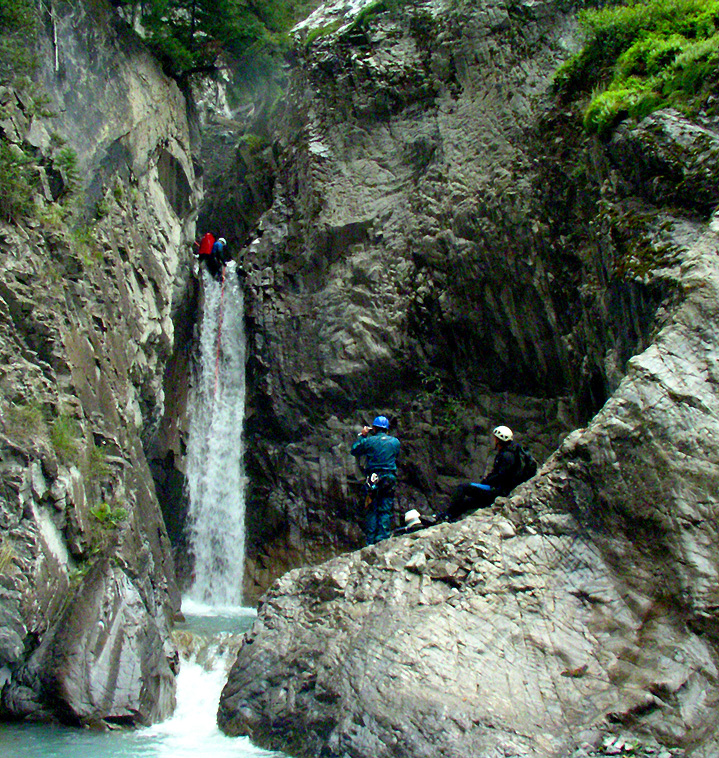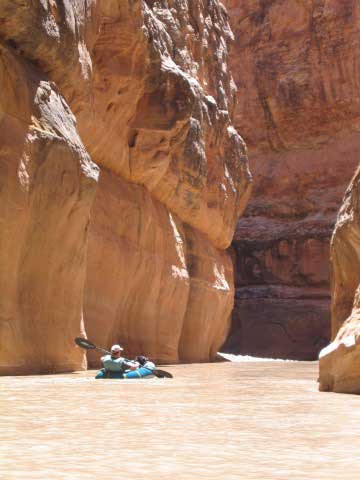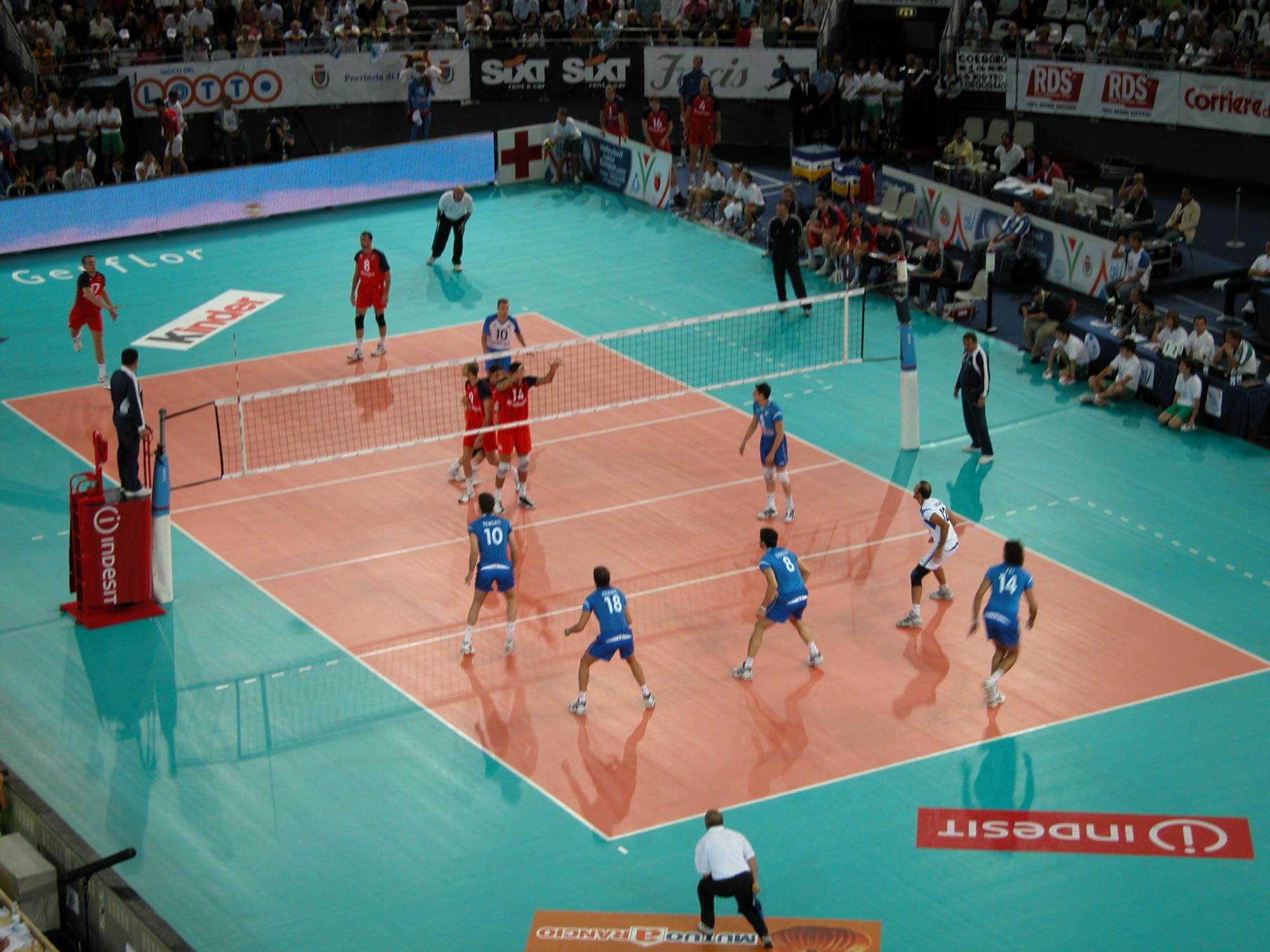
Chess is a recreational and competitive game played between two players.
Today, chess is one of the world's most popular games, played by millions of people worldwide in clubs, online, by correspondence, in tournaments and informally.
History
Chess originated in India ,where its early form in the 6th century was chaturanga , which translates as "four divisions of the military" – infantry, cavalry, elephants, and chariots, represented respectively by pawn, knight, bishop, and rook.
The game reached Western Europe and Russia by at least three routes, the earliest being in the 9th century.
By the year 1000 it had spread throughout Europe. Introduced into the Iberian Peninsula by the Moors in the 10th century, it was described in a famous 13th century manuscript covering shatranj, backgammon , and dice named the Libro de los juegos .

The tradition of organized competitive chess started in the sixteenth century and has developed extensively. Chess today is a recognized sport of the International Olympic Committee. The first official World Chess Champion, Wilhelm Steinitz, claimed his title in 1886; Viswanathan Anand is the current World Champion. Theoreticians have developed extensive chess strategies and tactics since the game's inception.
Birth of a sport (1850–1945)

The first modern chess tournament was held in London in 1851 and won, surprisingly, by German Adolf Anderssen , relatively unknown at the time.
Anderssen was hailed as the leading chess master and his brilliant, energetic — but from today's viewpoint strategically shallow — attacking style became typical for the time.
Place in culturePre-modernIn the Middle Ages and during the Renaissance , chess was a part of noble culture; it was used to teach war strategy and was dubbed the " King's Game ".
Modern
The Game of Chess is not merely an idle amusement; several very valuable qualities of the mind, useful in the course of human life, are to be acquired and strengthened by it, so as to become habits ready on all occasions; for life is a kind of Chess, in which we have often points to gain, and competitors or adversaries to contend with, and in which there is a vast variety of good and ill events, that are, in some degree, the effect of prudence, or the want of it.
With these or similar hopes, chess is taught to children in schools around the world today and used in armies to train minds of cadets and officers. Many schools hold chess clubs and there are many scholastic tournaments specifically for children.
The game is played on a square chequered chessboard with 64 squares arranged in an eight-by-eight square. At the start, each player (one controlling the white pieces, the other controlling the black pieces) controls sixteen pieces: one king, one queen, two rooks, two knights, two bishops, and eight pawns. The object of the game is to checkmate the opponent's king, whereby the king is under immediate attack (in "check") and there is no way to remove it from attack on the next move. White moves first.
The colors are chosen either by a friendly agreement, by a game of chance or by a tournament director.
Pieces are moved to either an unoccupied square, or one occupied by an opponent's piece, capturing it and removing it from play.
When a king is under immediate attack by the opponent's pieces, the king is said to be in check .
When in check, only moves that result in a position in which the king is not in check are permitted.

Each player must not make any move that would place their king in check.
The object of the game is to checkmate the opponent; this occurs when the opponent's king is in check, and there is no way to remove the king from attack.
Each chess piece has its own style of moving. If there is an opponent's piece at the destination square, then moving piece can capture the opponent's piece
 Gymnastics is a sport that involves the realization of exercises requiring physical strength, agility, ability and coordination. The modern form of gymnastics typically involves exercises on uneven bars, balance beam, floor exercise, and rings.
Gymnastics is a sport that involves the realization of exercises requiring physical strength, agility, ability and coordination. The modern form of gymnastics typically involves exercises on uneven bars, balance beam, floor exercise, and rings.























 The Agincourt Battle
The Agincourt Battle

























